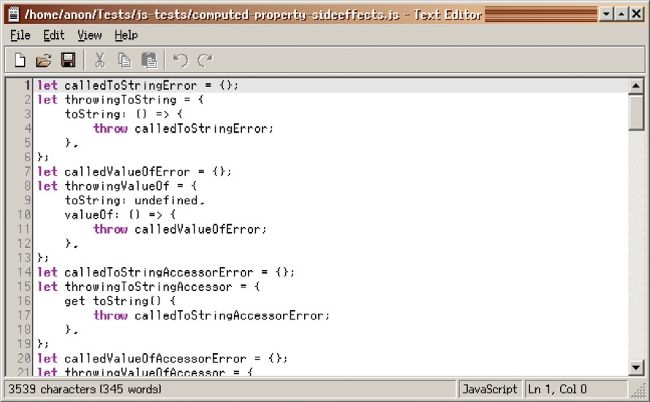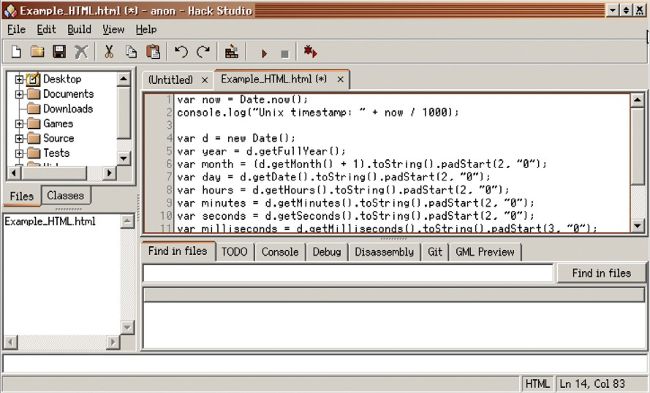SERENIT YOS Credit: https://serenityos.org
Get Serenity – direct from the source
What do you get if you take a modern kernel, a classic GUI and a handful of custom apps? Michael Reed investigates SerenityOS.
OUR EXPERT
Michael Reed was already serene enough, even before he tried SerenityOS, thanks to his experience with alternative OSes.
QUICK TIP
For the moment, the default user is called ‘anon’ and the default password is ‘foo’. Occasionally, you are prompted for this password when you invoke the GUI settings tools. If you want to become the superuser at the command line, use the ‘su’ command, in the same way you would on Linux.
S erenityOS is an alternative, free and open source operating system that combines a S modern technical approach with a healthy nod to classic operating systems of the past. The kernel has features such as pre-emptive multitasking, memory protection and multithreading, and overall, the system is quite Unix-like, with many familiar tools available from the command line. It takes its visual style directly from ’90s classic desktops from the likes of Microsoft and Apple – awelcome sight to anyone who’s fatigued by the bland, flat look of modern GUIs.
In some ways, it’s fairly early in its development, but it already has a full desktop with associated tools and some runnable applications. One of the most admirable aspects of project is its highly active community, many of whom contribute to the code. This community has also funded the project, meaning that the main developer, Andreas Kling, is able to work on it full-time.
This all adds up to an alternative operating system that is developing at a mile a minute, and it’s already good fun to play around with. To get the behind-thescenes picture of what’s going on with the project, we managed to shoot a few questions at Andreas himself.

The text editor is a good example of the SerenityOS approach because it combines classic looks with modern features.

The IDE Hack Studio is an example of the ambitious tools that the community is working on for SerenityOS.
Serenity from the source
As always, we’ll start our exploration of the system by obtaining it and installing it. At the present time, there is no ISO and no traditional installer. The instructions for running SerenityOS involve cloning the Git repository (https://github.com/SerenityOS/serenity) and running two scripts. The second script compiles the code of the OS and runs it within the Qemu virtualiser. If you’re not familiar with Git, this might sound complicated, but it’s actually easy to get up and running. The only downside is that compiling the system can easily take an hour on slower hardware.
When the script has completed its work, it launches a properly configured Qemu instance, and it’s time to start having some fun with the system.